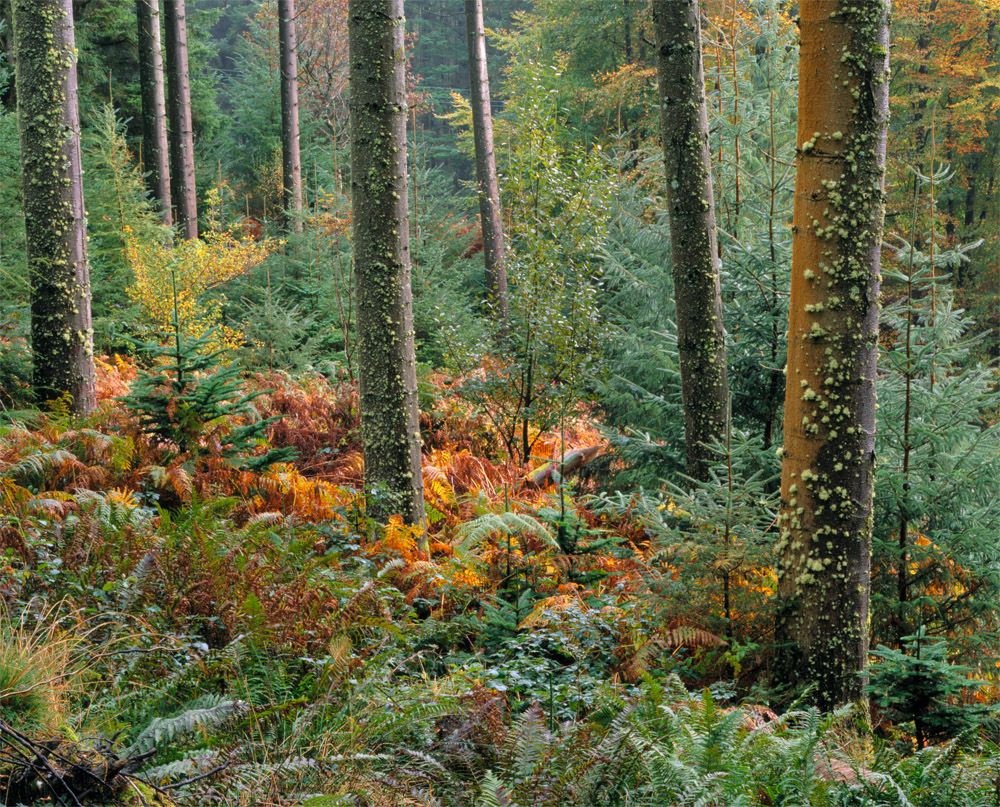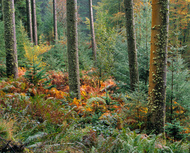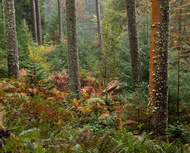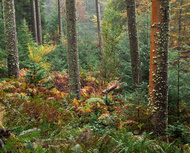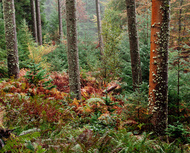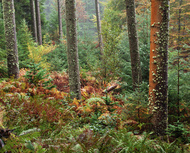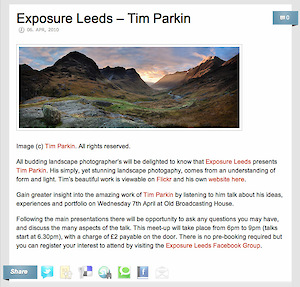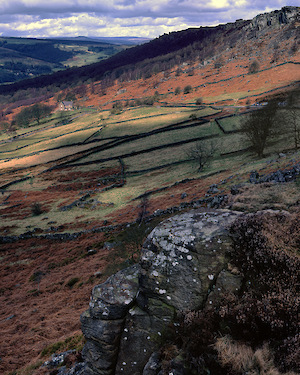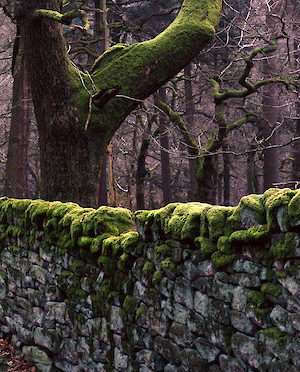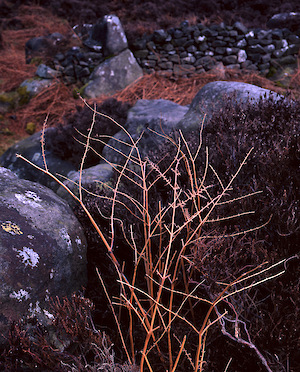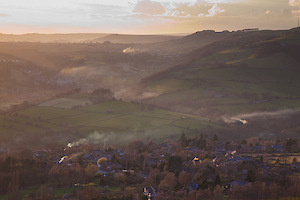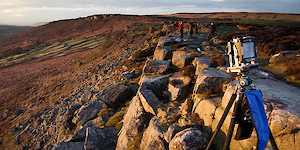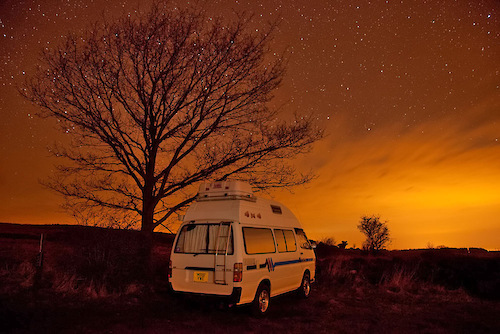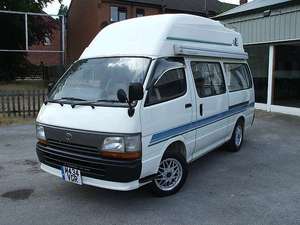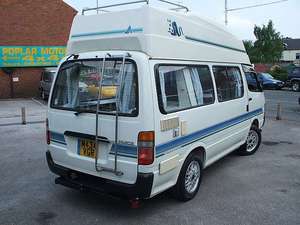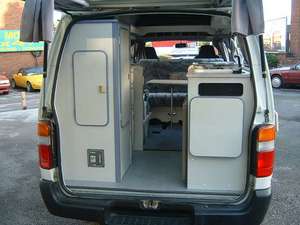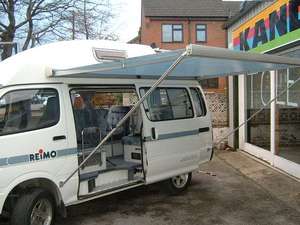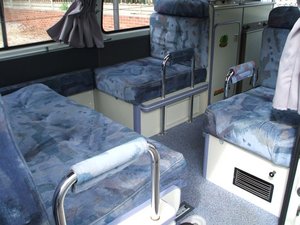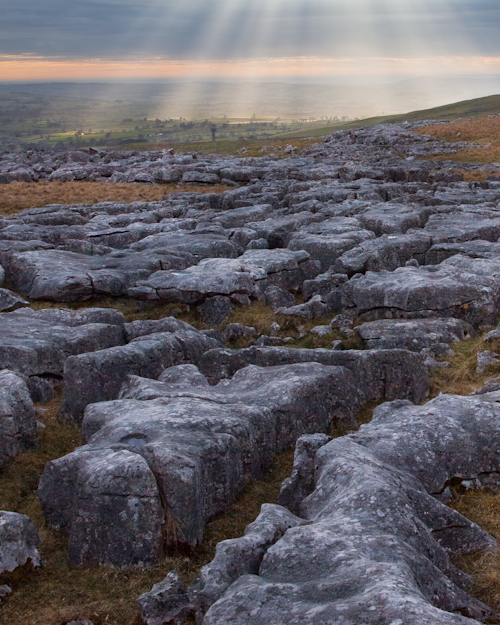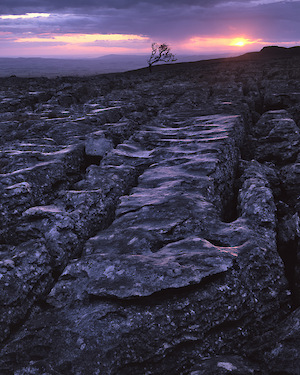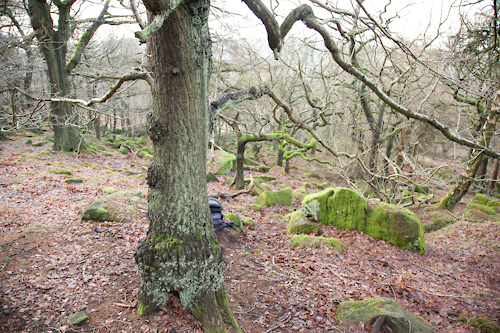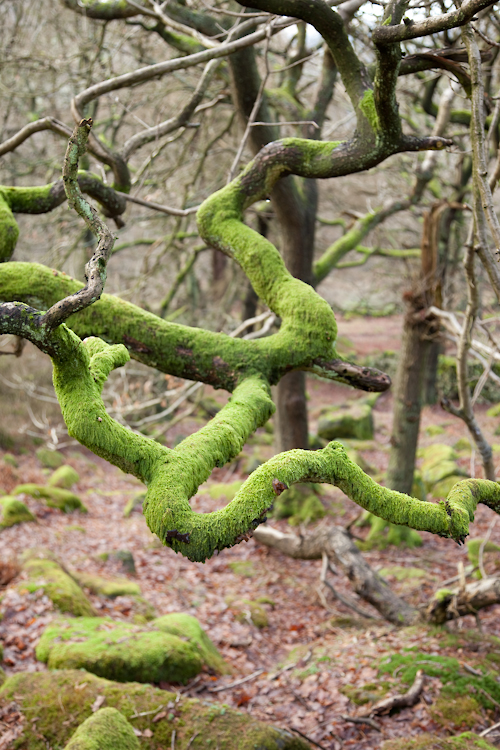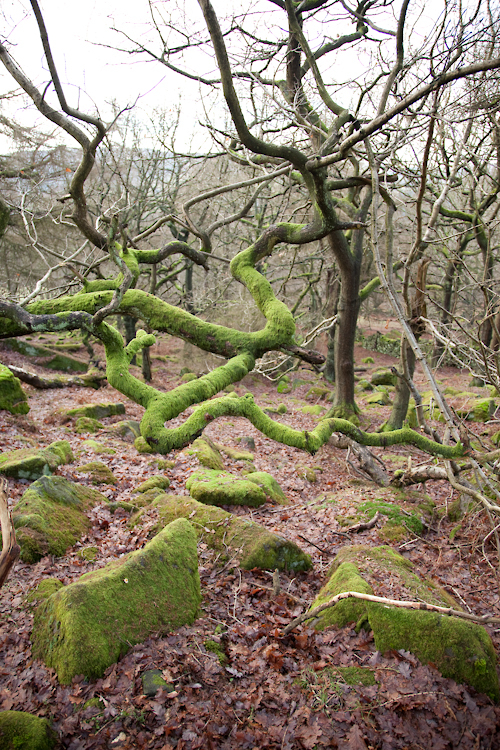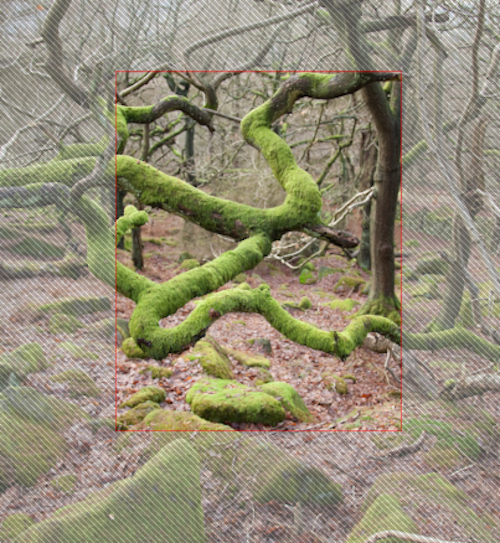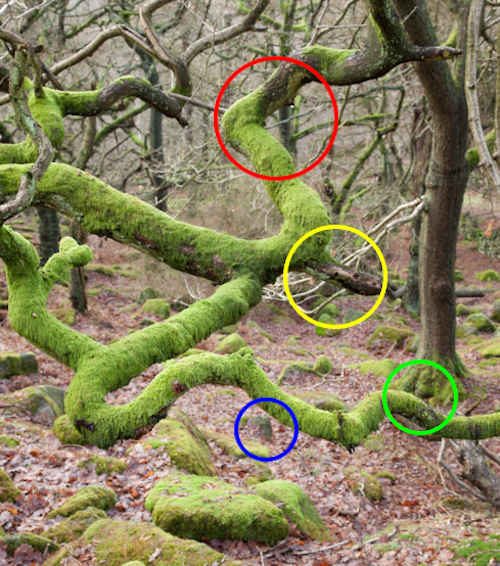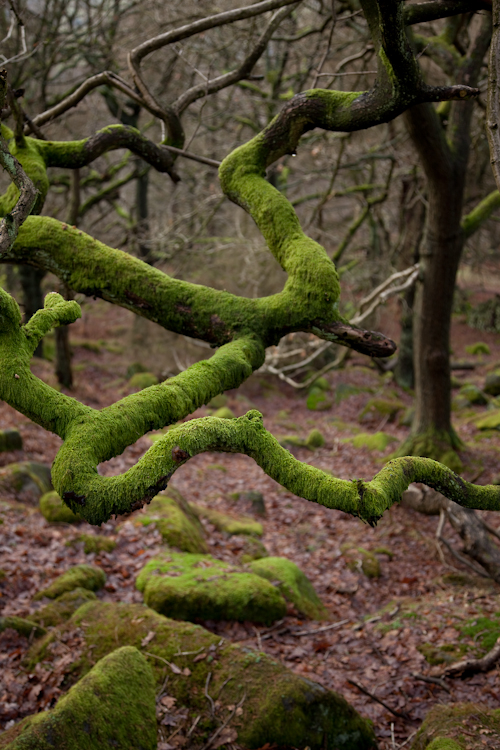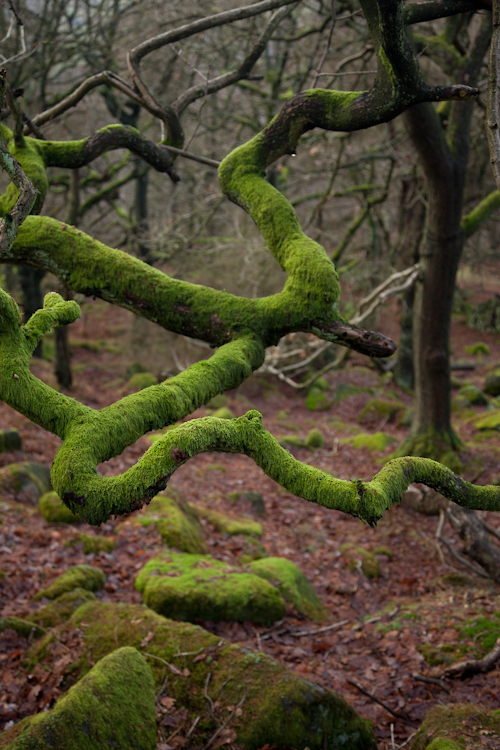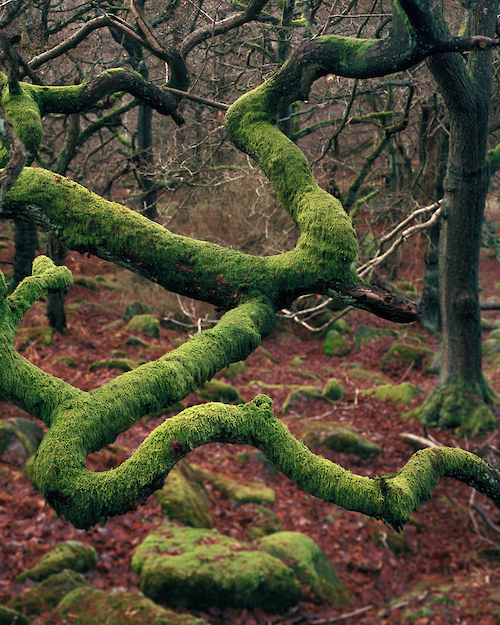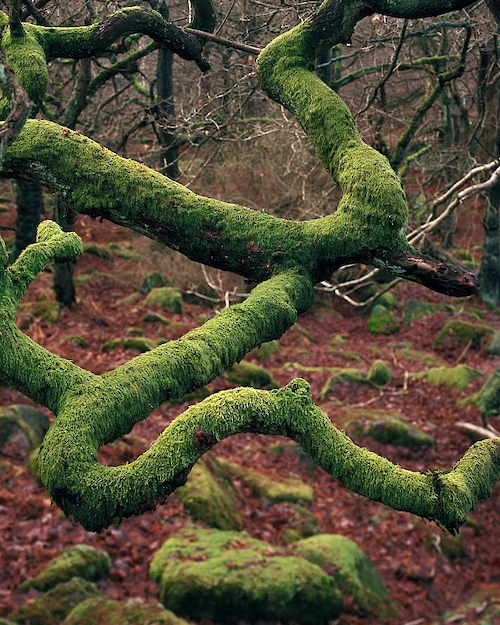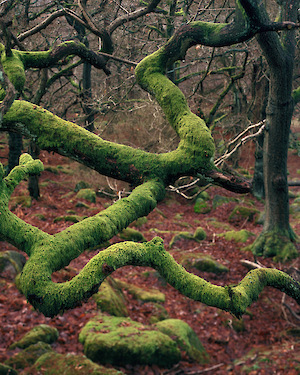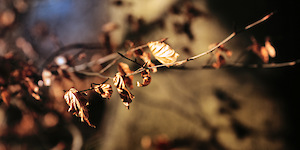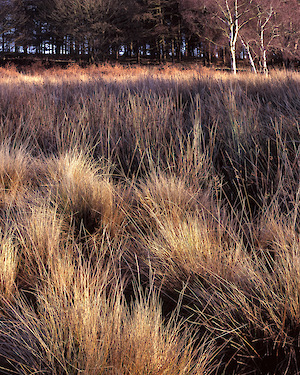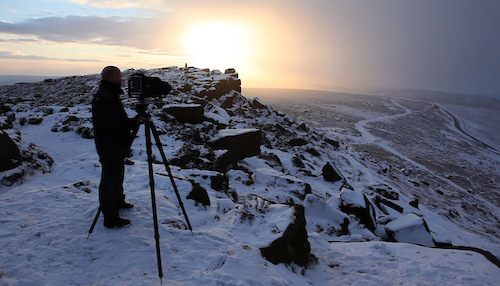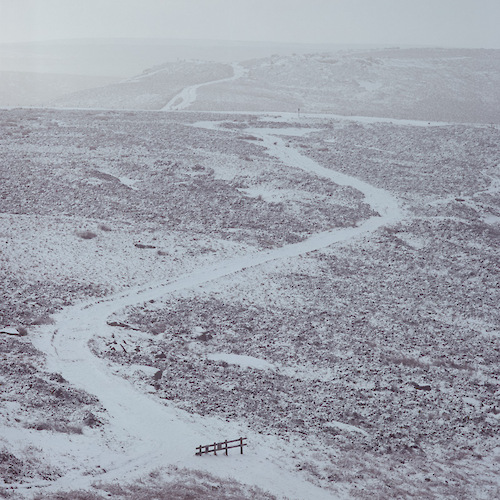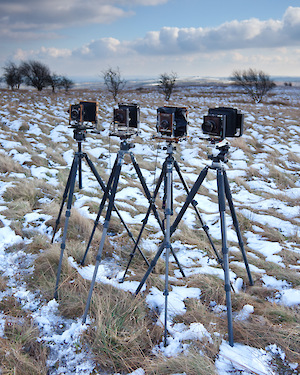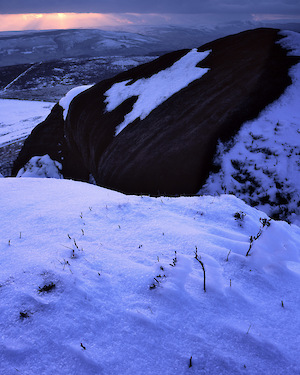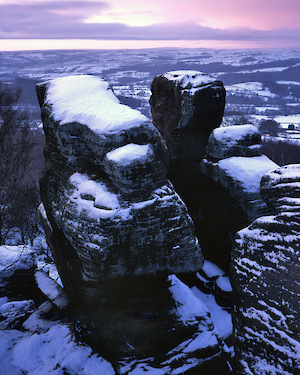I was asked by Jon Eland (Strawbleu) if I would be interested in giving a presentation on my photography to Exposure Leeds, a community that started as a flickr group I believe but has grown into a general photography society for Yorkshire with members coming from as far as Manchester. I was unsure of how to approach giving a talk and given that I had to fill 2 hours, I figured I could cover quite a bit of ground. Obviously most people would never have heard of large format photography and so an element of this in my talk would probably be a good plan and there were an assortment of other topics I fancied covering too. In the end I decided to create a potted history of my photography, expounding on various revelations and cockups along the way, pulling in subjects such as film, large format, stitching, exposure balancing, finding the picture, composition, persistence, etc. etc. Sort of a mini-summary of this blog I supposed (although slightly less geeky so that I’d end up with the same number of people in the audience that I started with).
Not being the biggest fan of powerpoint, I decided to give Keynote a go after hearing Niall Benvie talking about it in such high regard. The application is quite a revelation – finally an easy to use presentation tool that concentrates on the show, not on the gimmicks (although it has these aplenty but their use is oriented towards supporting the presentation, not being the goal of it).
So, laptop in hand I got dropped off at the Old Broadcasting House site near the centre of Leeds with my camera gear, some slides and a light box to present with. Inside I found a wonderful space, well appointed and with great presentation facilities (a microphone that worked and a projector that rendered colours properly – a rare thing indeed). Only a couple of people were there at the start but as I got things set up, more and more people arrived. Finally, when Jon Eland introduced me, there were approaching fifty people in the audience! Well, I figured I’d best give them some value for money (£2 entry with free coffee!).
The presentation went exceedingly well with pictures dredged up from my digital past and it was interesting seeing a consistent picture of how I’ve progressed as a photographer. One of the highlights of the evening for me was explaining the large format camera in terms of digital cameras.
My question to the audience was “If I said I was selling a single use 100Mp digital sensor that had a vastly superior colour handling response and only cost £3, how many people would buy it?” – the response was pretty damn positive. I didn’t add the next bit but I could have “And you could buy a camera that used this sensor for half the price of a Canon 7D and you can get lenses for the camera that are the equal to the new Canon 24mm tilt-shift, which retails for £2K, for about £3-400 – would you buy it?”.
I imagine most of you know what I’m talking about and, put in those terms, most people seem to react very positively indeed. Never mind adding “Oh and you can pick your sensor reponsivess to give you anything from a Joe Cornish colour boost to a Fine Art accurate colour response with 10 stops of dynamic range”. I was also cruel enough to point out that if you take black and white and like using a red filter, your 20 megapixel camera is now only a 5 megapixel camera – I actually felt guilty about that one… Oh, and an interesting blog post recently about guy testing the M9 against an M6 with some microfilm developer and the results are very interesting
Other bits of my presentation were mostly about why it’s better to take less pictures, reinforcing the point that the less pictures you take, the more time you have to find them and actually work on the composition once you’re there. I think I made sense 
I finished the talk by showing a video by the God of Landscape Photography – no not Joe Cornish, Peter Lik – He of the “To get the best light I use the 5 minute window that photographers know as the ‘golden hour'” – take a look at it yourself here..
The response to my talk way exceeded my expectations, as did my enjoyment of giving it. A couple of response from people at the bottom of this blog post. I went for a drink afterward with flickr photo here Tricky and Jim Moran (whom I had known through the internet for many years but had never met before) plus quite a few other people who went to the talk (it’s handy having a pub next door to the venue). The evening was a great success by my criteria and I’d happily give another talk now – knowing that people find what I have to say interesting.
Hopefully we’ll also get a few more people interested in large format photography! A bit of evangelism doesn’t go amiss (and may convince the film companies that there is something to this large format thing – well, OK – I won’t manage it single handedly but if everyone does a bit, we’ll could definitely boost the scene somewhat).
For anyone who wants a taste of landscape photography, our Large Format courses are working with Leeds Exposure to create a one off outing at £120 as long as we can fill the 6 places. Each person who comes along will be able to take two pictures and will get the use of one of our large format cameras. We’ll develop the film and scan it into digital for you so you’ll have the original slides and a 200Mp digital conversion. We’re trying to work out where to host this event and currently we’re thinking about Brimham Rocks. If anybody has any other suggestions, please add a comment to this post.
Also, the feedback I’ve had from the talk was brilliant.. from a few twitter posts..
“Tim delivered a thouroughly interesting presentation at Exposure Leeds. It was great to see a different approach to landscape photography than I am used to and his talk (aswell as his photos!) inspired me.” – Gary Stevenson
“Tim’s talk was informative, humorous and above all passionate. A truly insightful evening! Did I fail to mention the superb photography?” – Malcolm Stoney
“Really enjoying @timparkin talk – nice explanation of how large format cameras work!” – Jon Eland
“Very interesting talk by the very talented @timparkin at @exposureleeds tonight, feeling a bit tempted by large format :-)” – Rick Harrison
to a wonderful blog post by Elly Oracle.
Thanks to everyone who came for making it such a fun time!
Click to view full post including 8 Comments
